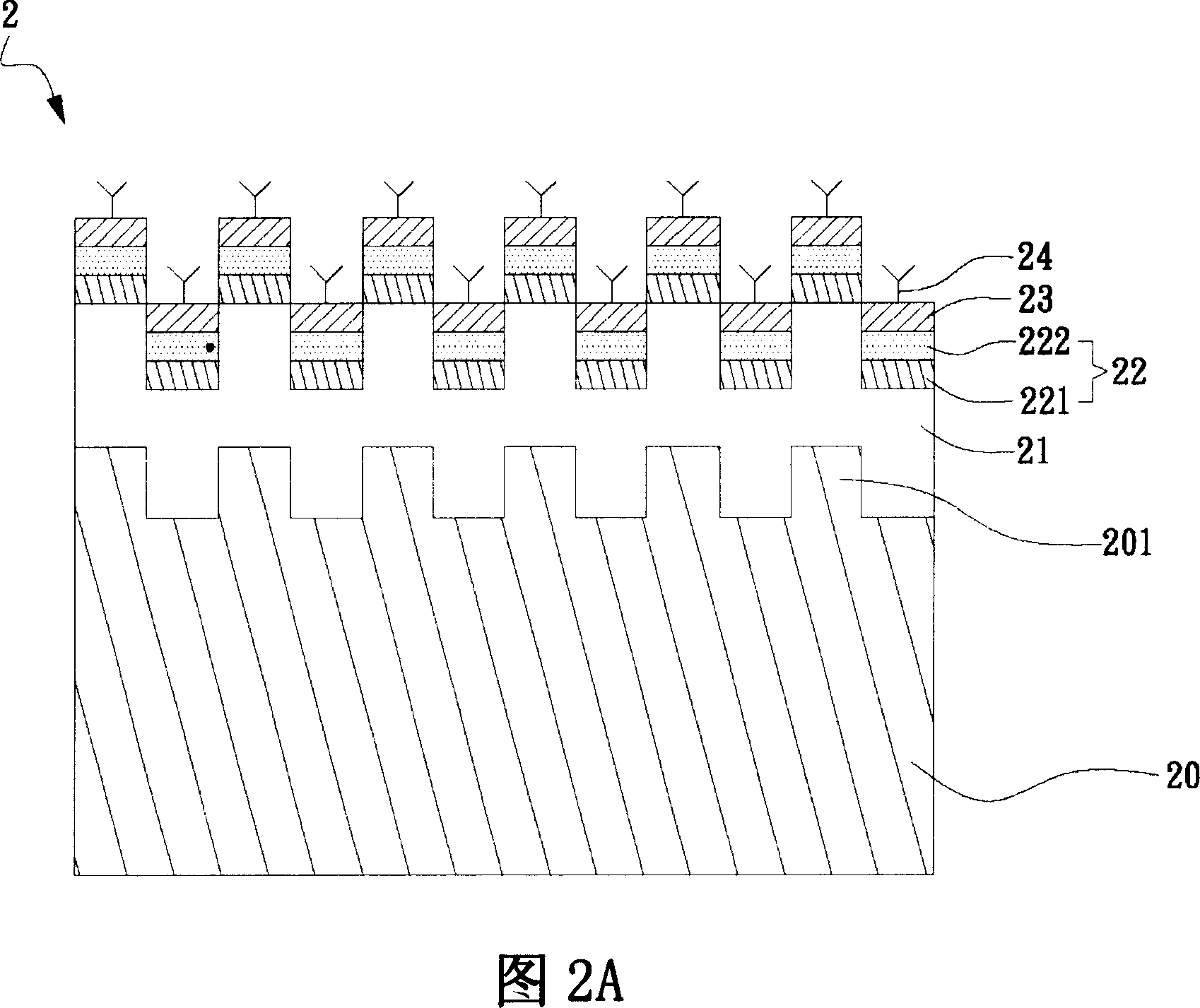Wave-guide coupling surface plasma resonance biosensor
A technology of surface plasmon and plasmon resonance, applied in the field of biosensors, can solve the problem of narrow wavelength range of adjustable laser
- Summary
- Abstract
- Description
- Claims
- Application Information
AI Technical Summary
Problems solved by technology
Method used
Image
Examples
Embodiment Construction
[0046] The phenomenon of waveguide coupling surface plasmon resonance is that when parallel white light or monochromatic light with different incident angles is irradiated, only a narrow wavelength or a specific angle excites surface plasmons to generate a reflection absorption spectrum, and its central wavelength or angle is called waveguide coupling. Surface plasmon resonance wavelength or angle. When the waveguide-coupled surface plasmon resonance structure is slightly damaged, such as the adsorption of biomolecules on the surface causes a slight change in the refractive index or thickness, the light wave vector that couples the excited surface plasmons changes, causing the resonance wavelength or angle to drift . Therefore, the interaction between biomolecules can be dynamically detected in real time without any label. The waveguide-coupled surface plasmon resonance structure with a sub-wavelength metal grating structure can increase the sensitivity of the biosensor by mo...
PUM
| Property | Measurement | Unit |
|---|---|---|
| Thickness | aaaaa | aaaaa |
| Diameter | aaaaa | aaaaa |
Abstract
Description
Claims
Application Information
 Login to View More
Login to View More - R&D
- Intellectual Property
- Life Sciences
- Materials
- Tech Scout
- Unparalleled Data Quality
- Higher Quality Content
- 60% Fewer Hallucinations
Browse by: Latest US Patents, China's latest patents, Technical Efficacy Thesaurus, Application Domain, Technology Topic, Popular Technical Reports.
© 2025 PatSnap. All rights reserved.Legal|Privacy policy|Modern Slavery Act Transparency Statement|Sitemap|About US| Contact US: help@patsnap.com



